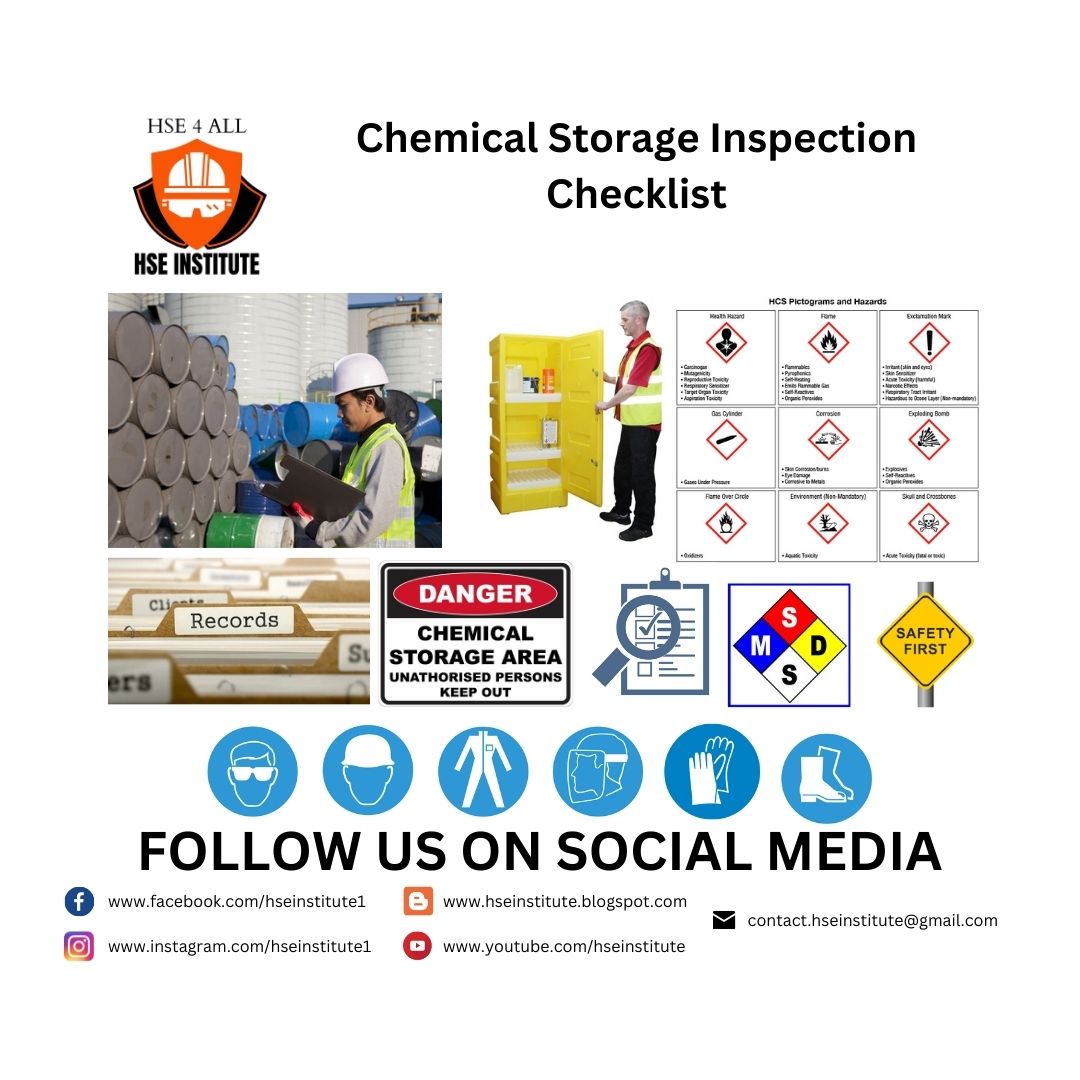Installation and Testing Sprinkler System - Method Statement
Download the Method Statement for Installation and Testing Sprinkler System👈
The Fire Sprinkler System is an Active Fire Protection method used in industries, offices, buildings, and warehouses to effectively protect against fire.
The fire sprinkler system consists of various components integrated so well that upon activation, they work together. The system basically consists of the fire sprinkler heads, piping, and most importantly, 3 pumps. The pumps are of 3 types;
- Jockey Pump - This pump is designed to maintain the water pressure within the piping and sprinkler heads, in case of leaking or water pressure drops. It is connected to the power supply and starts automatically whenever there is a pressure drop. It prevents the other pumps (electrical and diesel) from activation.
- Electrical Pump - This is the first primary pump connected to the power supply and starts working when the sprinkler system activates.
- Diesel Pump - This is the secondary pump or backup pump to be used in case the electrical pump is unable to get activated. Moreover, in case there is a fire ignition due to electricity and the electrical supply is shut down, then the diesel pump will be used to supply water to the sprinklers.


.jpg)
.jpg)
.jpg)
.jpg)
.jpg)
.jpg)





.jpg)
.jpg)

.jpg)








.jpg)



